Search
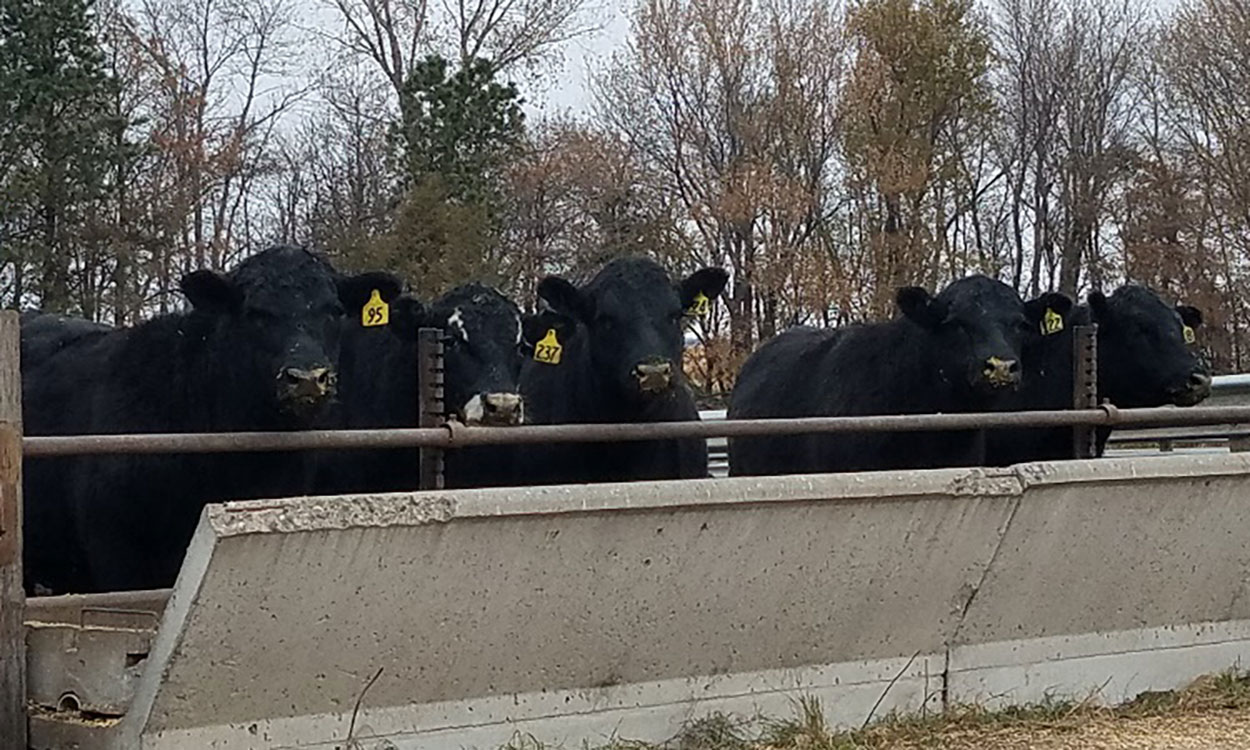
Feeding Hybrid Rye Grain to Cattle
Feedlot researchers at SDSU were approached to evaluate the potential for hybrid rye to be used in cattle finishing diets. See what they found in terms of cattle performance and feed efficiency.
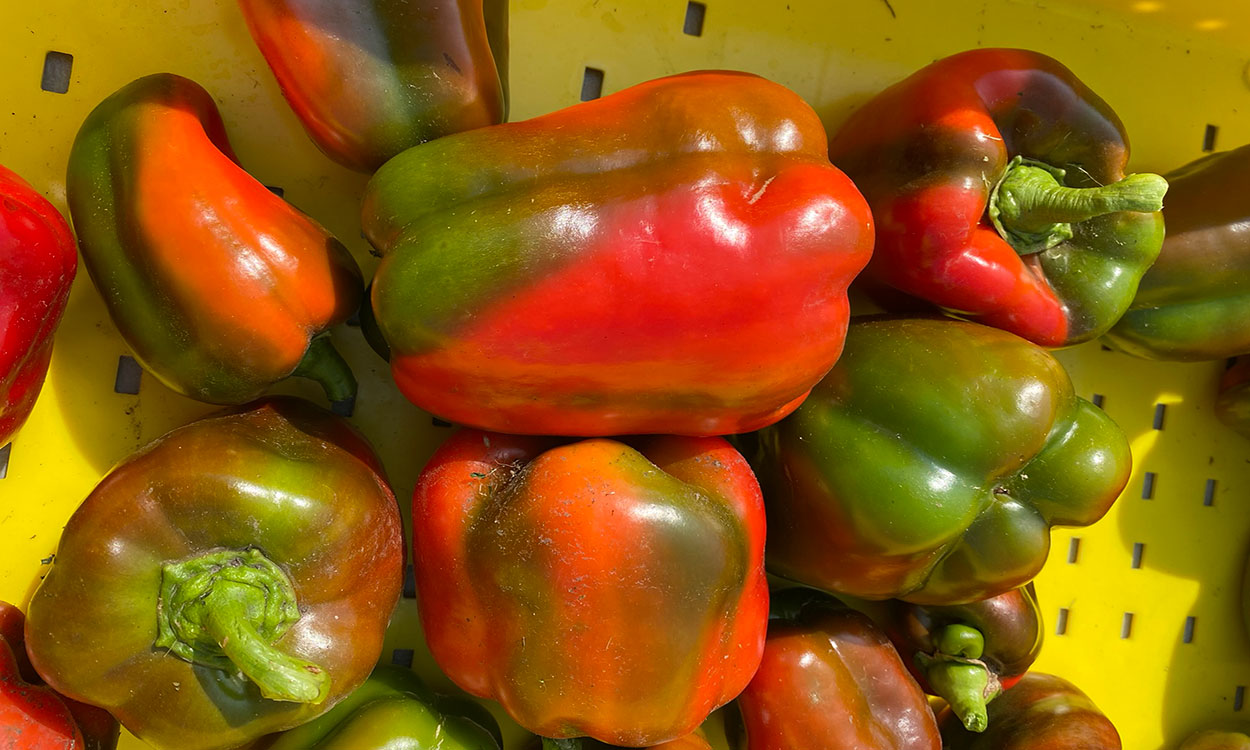
Did the Deer Persevere? 2023 Evaluation of Clover Cover Crops as a Living Mulch for Pepper Production in Eastern South Dakota
Research report analyzing the relationship between four different clover species and four different soil management practices and their effects on pepper growth and yield as well as weed suppression.
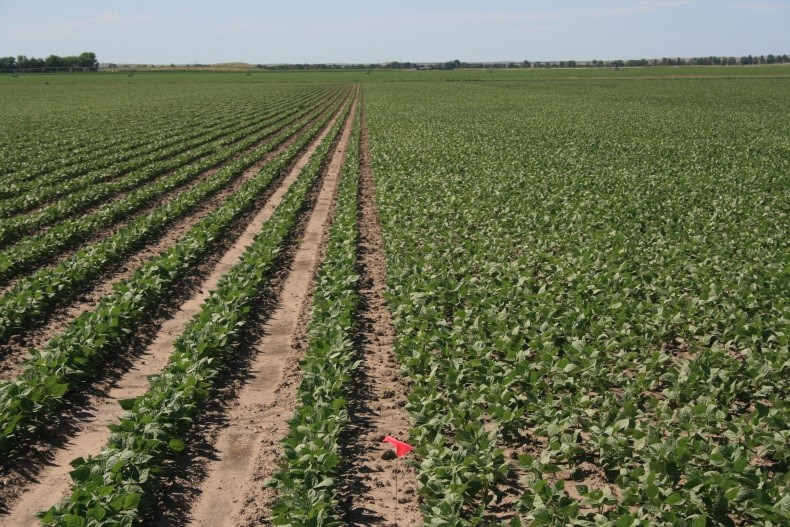
Field Studies: Replicated Comparisons vs. Side-by-Side Comparisons
How should a basic study be set up or laid out in the field? One very common approach is to divide a field in half and compare the halves or possibly compare two fields in close proximity and see which variety or practice yields highest. This approach can end with very misleading results because of the variability that exists across a field or fields due to many factors.
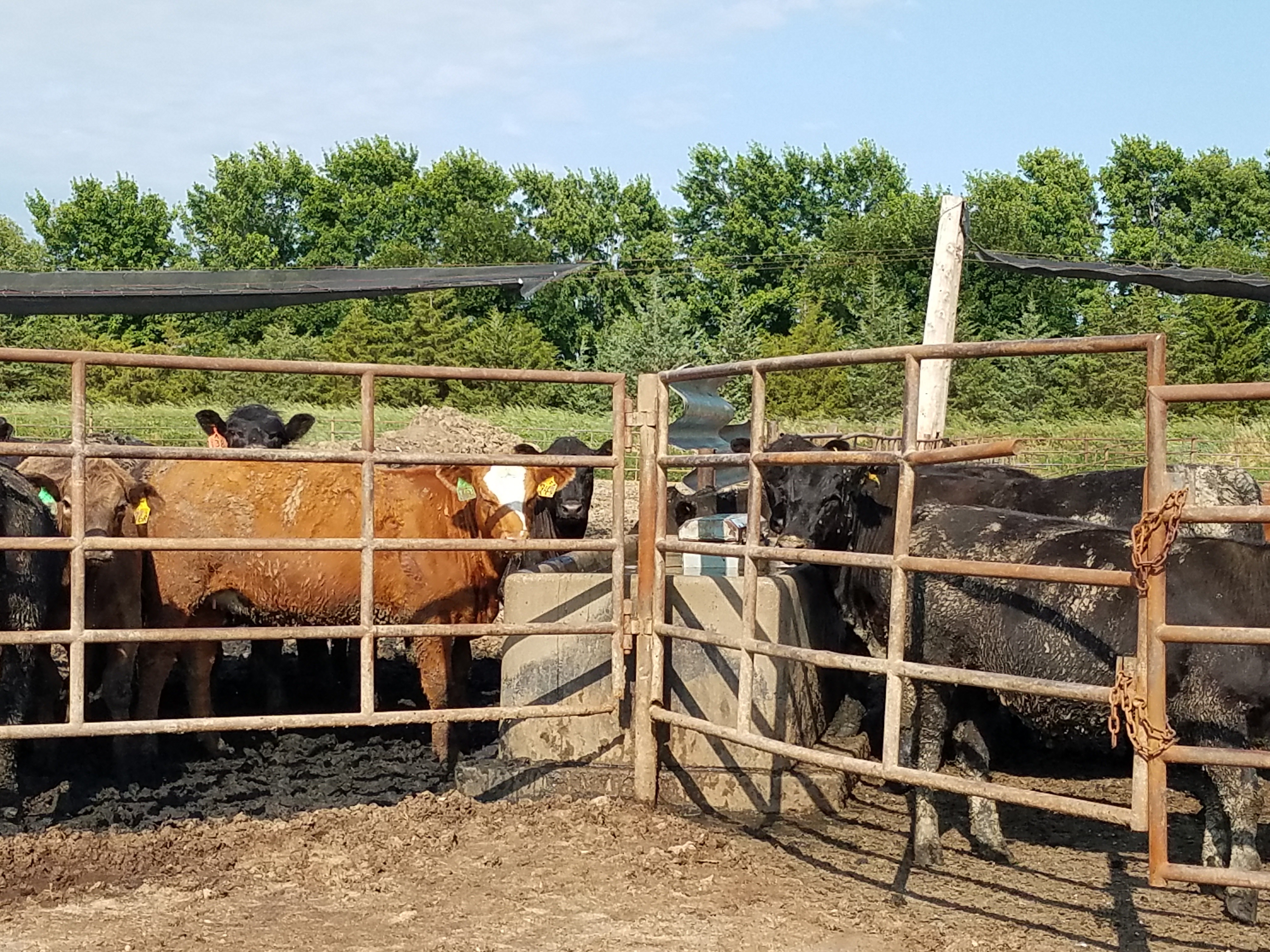
Adding Value to Corn Through Cattle
What is the “best” way to evaluate profitability of an enterprise, more specifically feeding cattle?
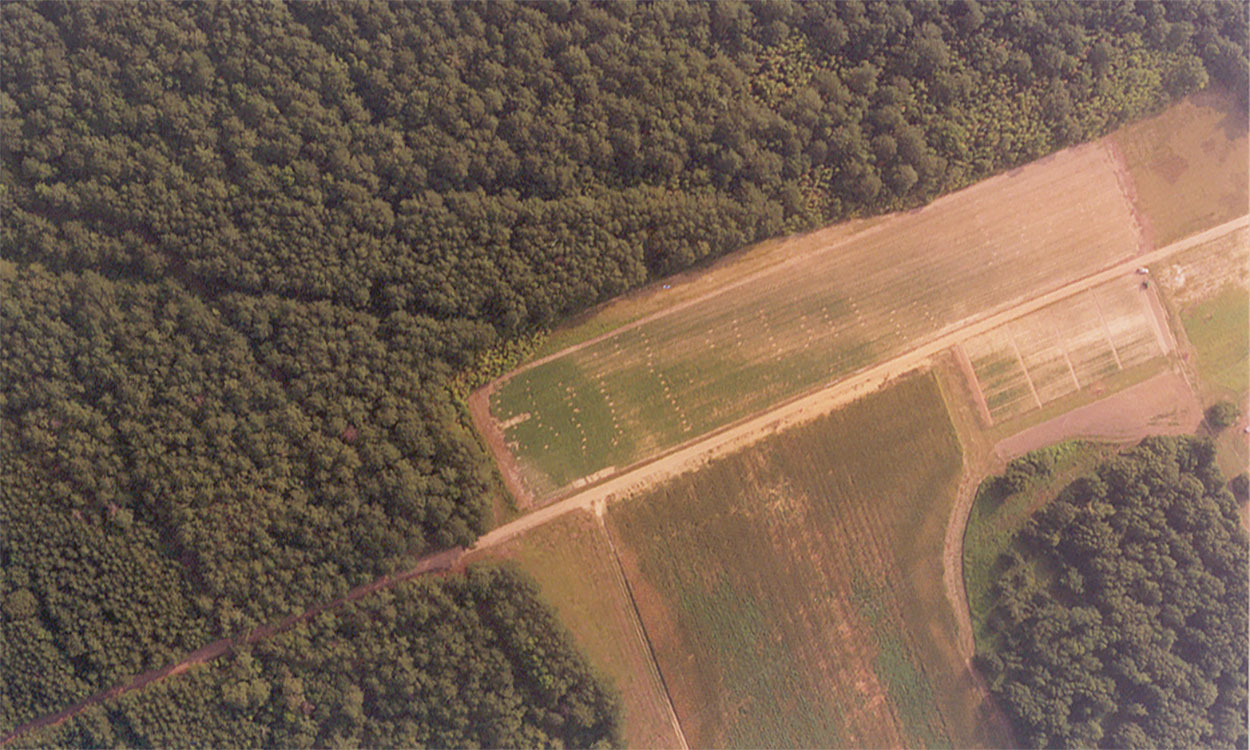
Creating Management Zones Using Electrical Conductivity
The first step to practicing zone management is to identify the variations that control yield. There are various methods for characterizing soil variations within a field, and among them, electrical conductivity measurement is one of the most-reliable.
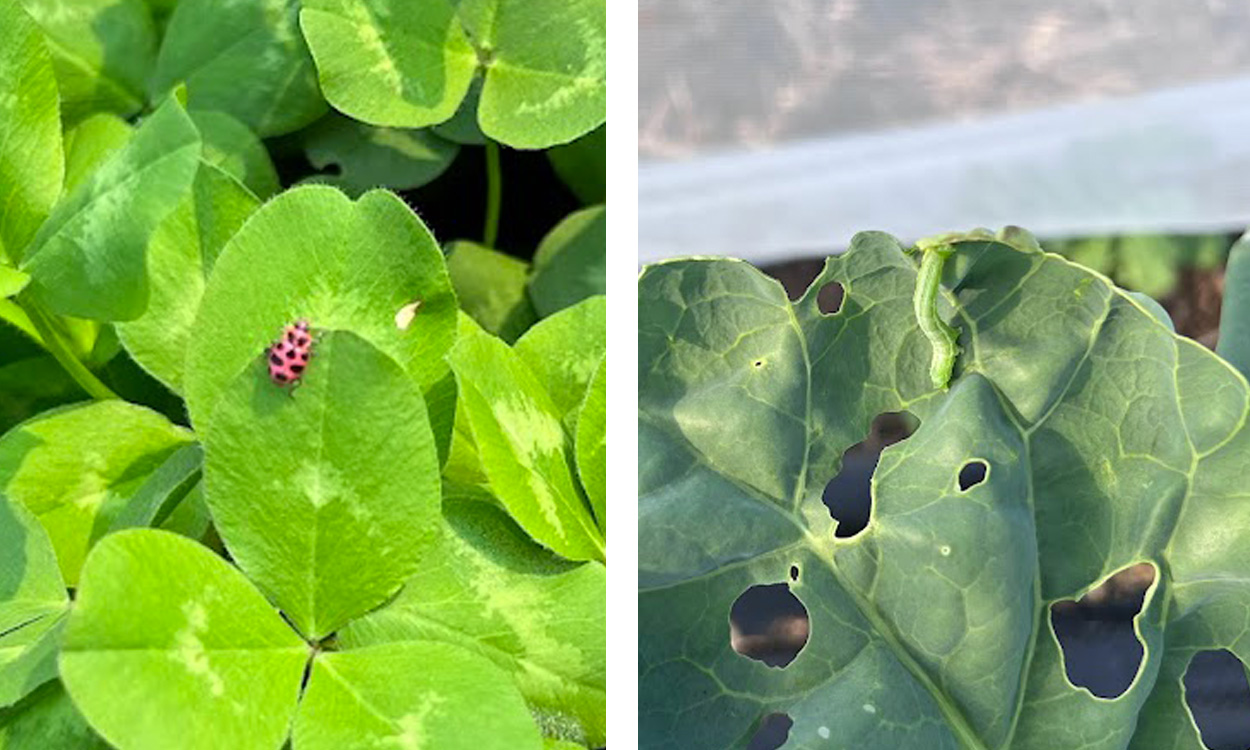
Friends and Foes of Brassica Crops
Brassica crops are a group of plants widely cultivated for their nutritional value and versatility in agriculture. Understanding their relationship with beneficial and detrimental insects is crucial for maintaining healthy crops and productive harvests.
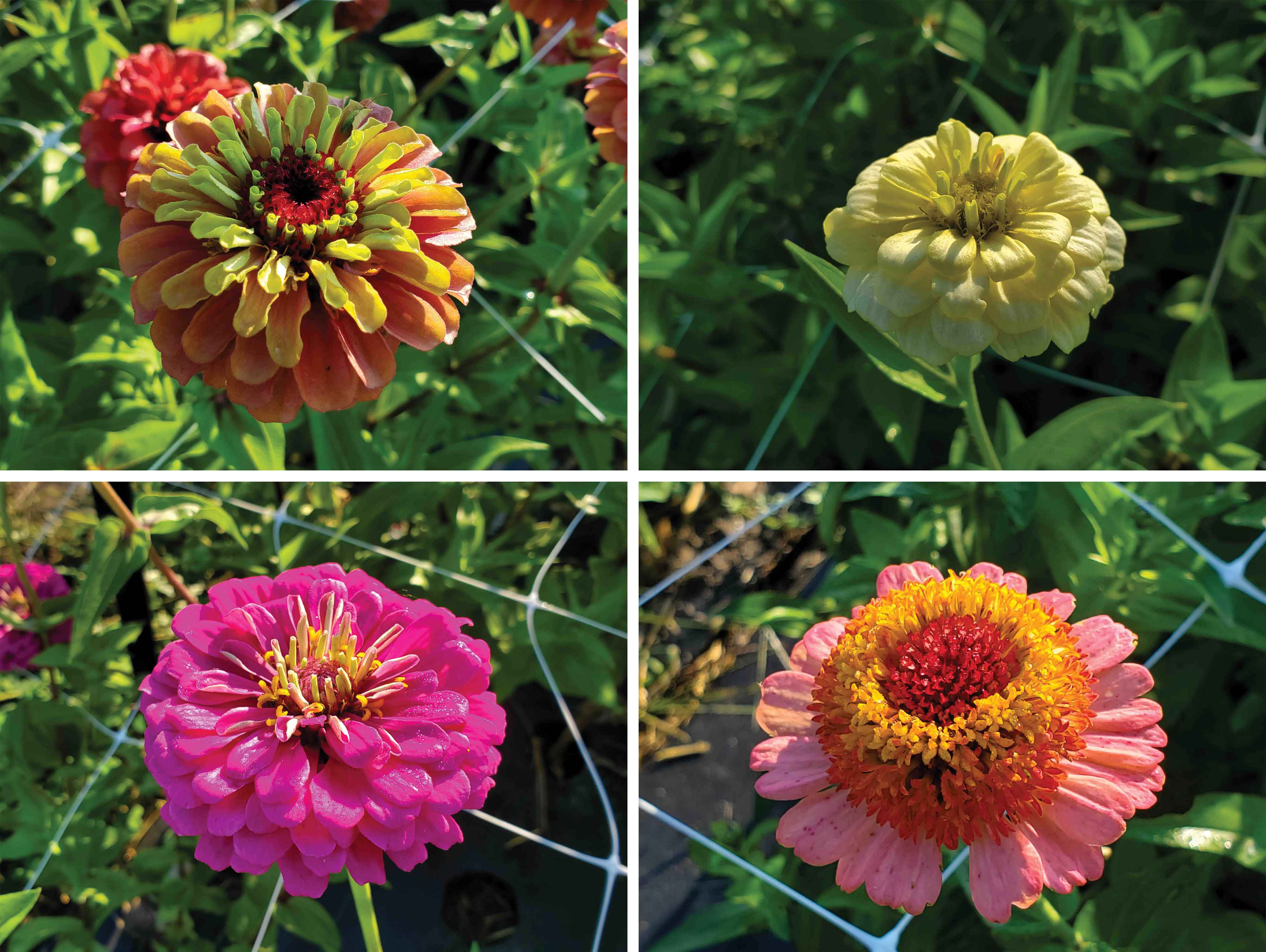
SDSU Extension publishes zinnia research for cut flower producers
October 18, 2024
Kristine Lang, assistant professor and SDSU Extension Consumer Horticulture Specialist, managed the research trials. Over two years, Lang and her team monitored the growth and quality of four popular zinnia varieties: Zinderella Peach, Oklahoma Ivory, Queen Red Lime and Benary’s Giant Purple.
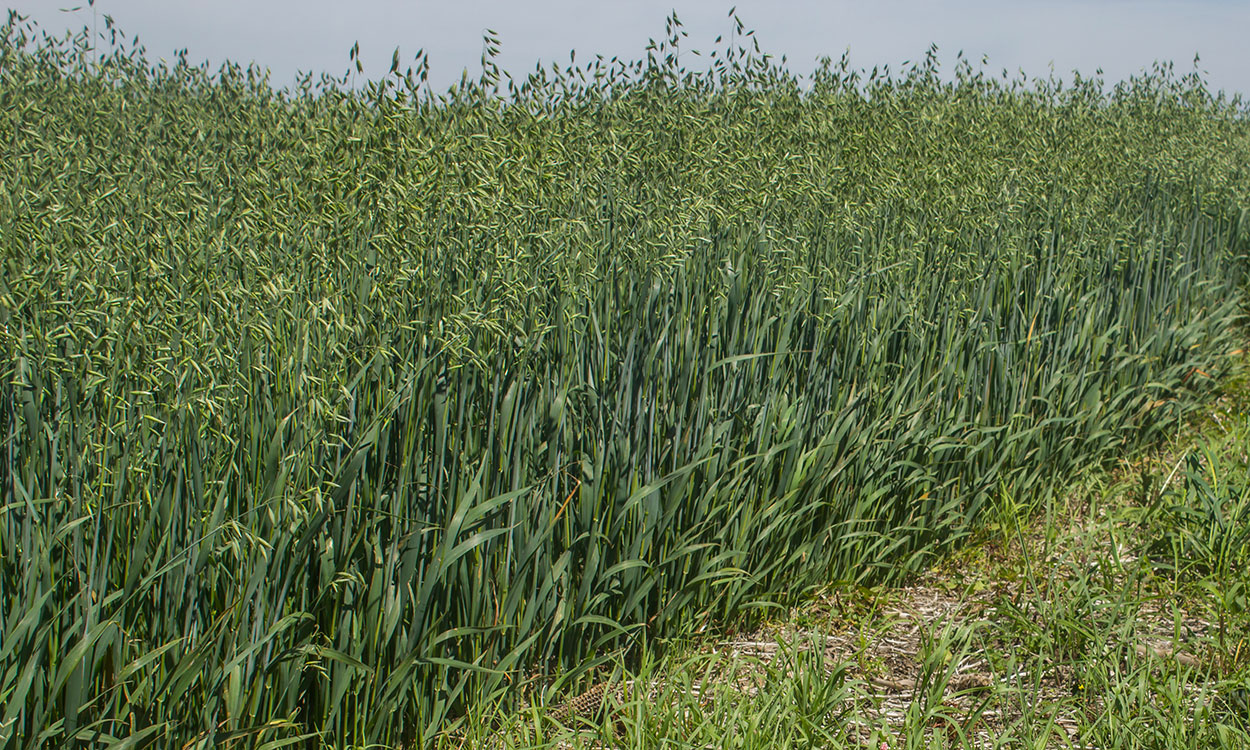
SDSU Extension to kick off Crop Hour webinar series in January
January 23, 2023
Starting Jan. 24, crop producers can hop online from 10 to 11 a.m. CST every Tuesday through Thursday to hear the latest information in crop management and agronomic research from SDSU Extension.

SDSU Research Shows Effects Of Volunteer Corn In Corn And Soybeans
In 2007, researchers at South Dakota State University indicated that volunteer corn is much less competitive in corn than soybean. The South Dakota study (Alms et al. 2007) evaluated the full season effect of a range of volunteer corn densities (800-14,000 plants/acre) on both corn and soybean and reported yield losses that ranged from 0% to 13% in corn and 0% to 54% in soybean.
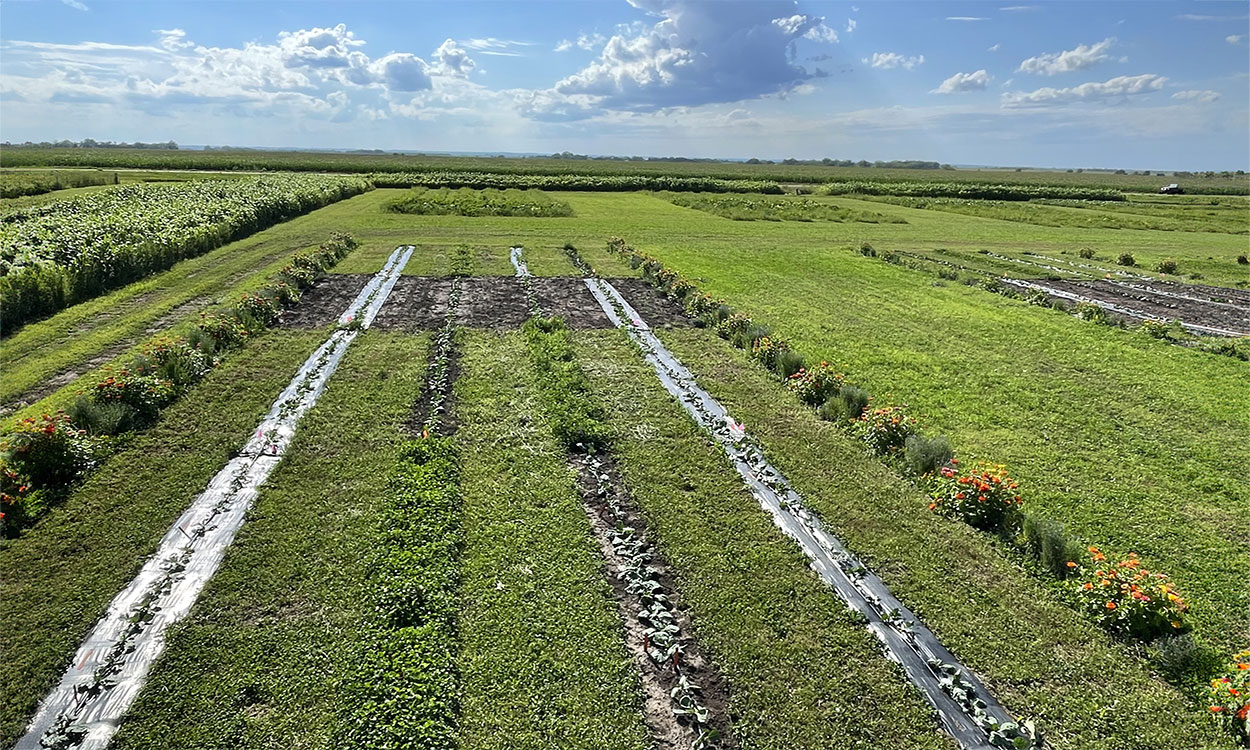
Trials and Tribulations of Growing Squash and Cabbage in Living Mulch, Reduced Tillage Systems
Research on clover cover crops grown in combination with four tillage and weed suppression methods was conducted on organic transitional land at the SDSU Southeast Farm near Beresford, South Dakota in 2023.